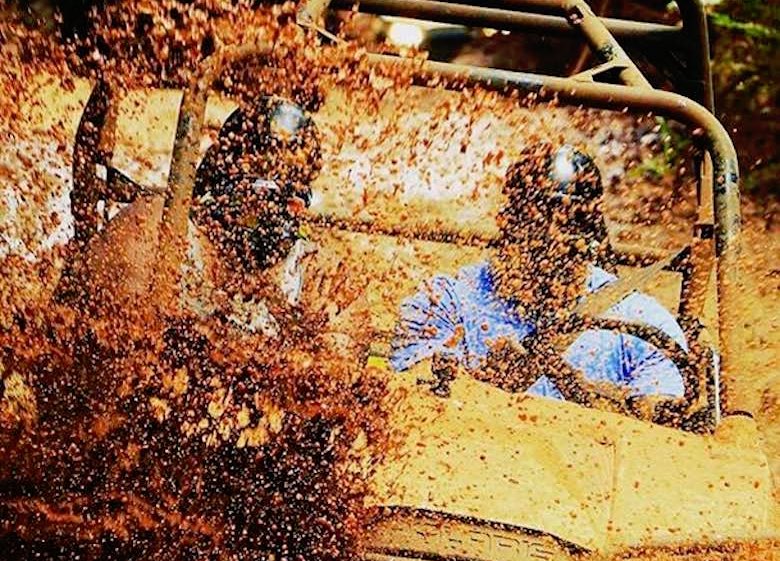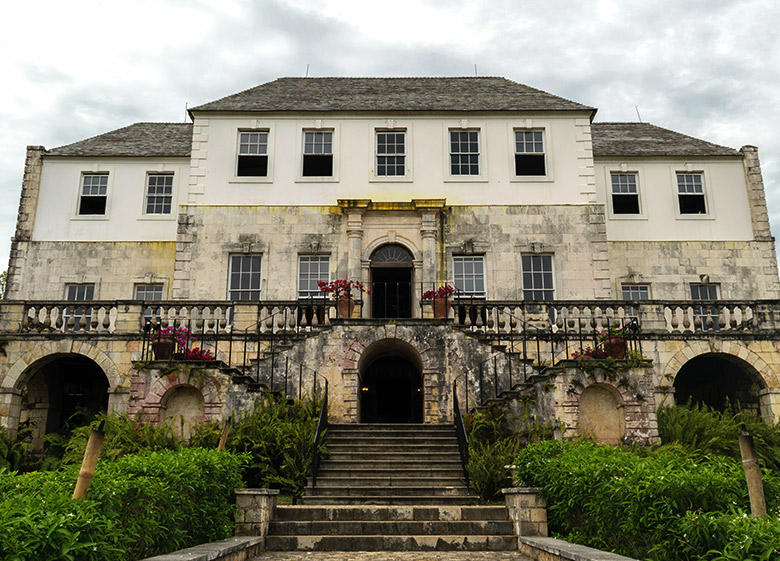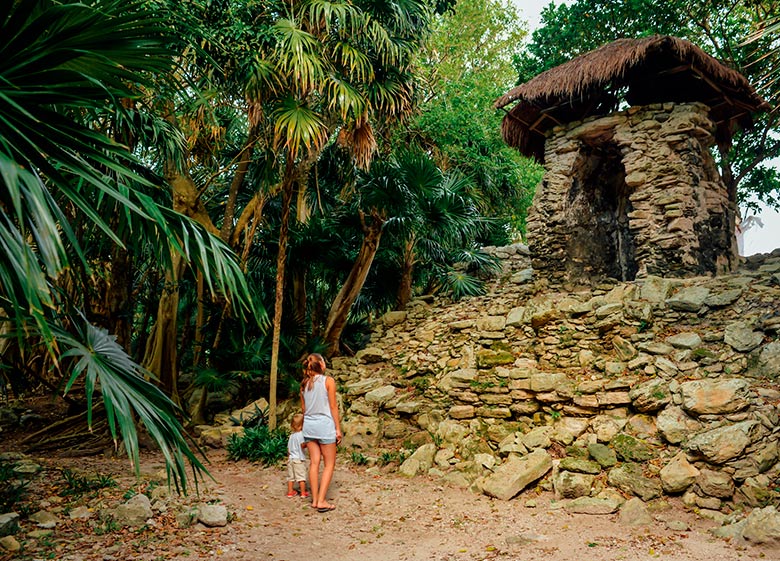Hidden Tunnel Found at Chichen Itza

By Brant Long
History is not always about looking back.
Sometimes – just sometimes – it can show you exactly where to go.
The Mayan ruins at Chichen Itza are a prime example. Located just two hours inland from Cancun, the ancient ruins hold more than 1,500 years of Mexican history. Yet, more wonders continue to be revealed … wonders that make a visit to the Yucatan a must.
Late last year, a team of Mexican archaeologists unearthed a secret tunnel that is thought to lead beneath Chichen Itza’s iconic El Castillo pyramid to an underwater cavern.
The Mayans called these cavernous sinkholes “cenotes,” and they not only provided the civilization with fresh water, but were also important spiritual sites. The Mayans believed that cenotes marked the entrance to the underworld, and would perform human sacrifices there. Bodies were thrown deep into the cavern to earn the accolades of Chaac, the Mayan rain god.There are already documented cenotes in each direction of the compass from El Castillo and experts believe this fifth, previously-undiscovered cenote would accurately reflect the Mayan concept of “axis mundi” – the center of the world – given its supposed location directly under the pyramid.

Tunneling into the Past in the Present
An architectural team from Mexico's Institute of Anthropology discovered the new tunnel and expects to reach the entrance of the new cenote in approximately three months. The passageway was found in a ruined pyramid on the grounds of Chichen Itza, with entry to the tunnel sealed off by large stones.
Archeologists believe it was blocked intentionally by the Mayans to guard whatever secrets lie at the end of the passage. The Mayans, again demonstrating their celebrated foresight, were known to block off important sites as if they sensed the coming throngs of people who would eventually seek them out -- from the Spanish in the 16th century, who discovered the abandoned ruins, to the current scientists hoping to unlock more Mayan mysteries.
The tunnel discovery is yet another marvel found at Chichen Itza, which spans more than four square miles and was built between the 5th and 6th centuries. It was named one of the New7Wonders of the World in 2001 and remains one of the most visited tourist destinations in Latin America with more than 2 million visitors annually.
Stand in front of El Castillo and its popularity becomes instantly obvious. The ruins are well preserved and demonstrate the Mayan’s incredible sense of sophistication – one rarely found in the ancient world. Each side of El Castillo has 91 steps. When you add in the steps on the top platform of El Castillo, there are a total of 365 – matching the number of days in the year. The four sides of the pyramid also face the cardinal compass directions.
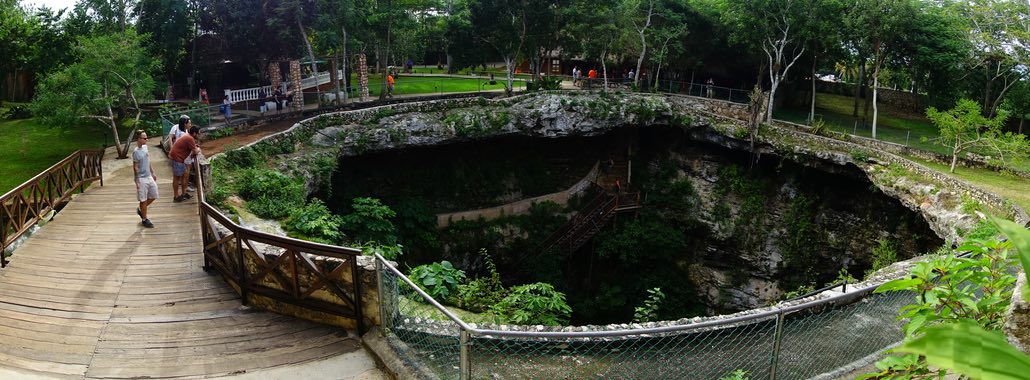
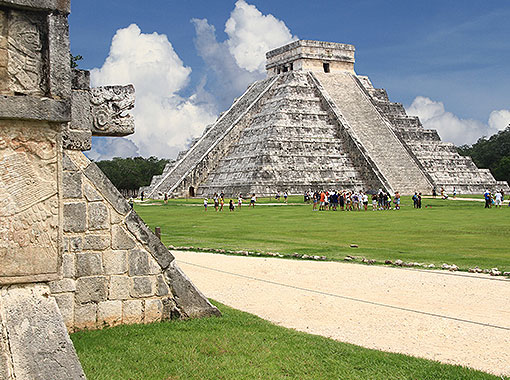
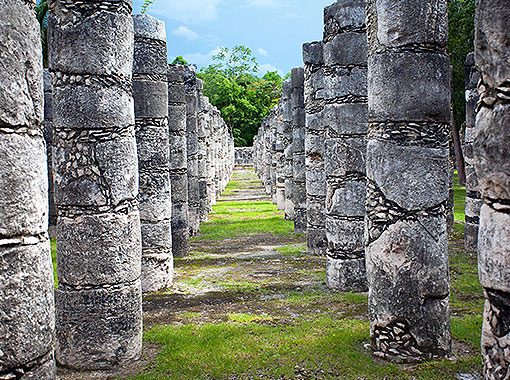
Spring Equinox Unearths Snake God
In addition to the new discovery, Chichen Itza is also preparing for its semiannual “light” show. During the Spring and Fall Equinox, a shadow version of the serpentine Mayan god Kukulkan winds his way down the face of the El Castillo pyramid in time with the setting sun.
The event is a reminder of the Mayans’ astonishing ingenuity and cosmic understanding and continues to this day to leave millions awestruck. Kukulkan’s 2018 spring visit is set for March 20-21, 2018 and Moon Palace Cancun has daily tours to Chichen Itza to witness this once-in-a-lifetime event.
Chichen Itza proves that history can indeed continue to surprise. So let it be your travel guide. You never know where it will take you.


